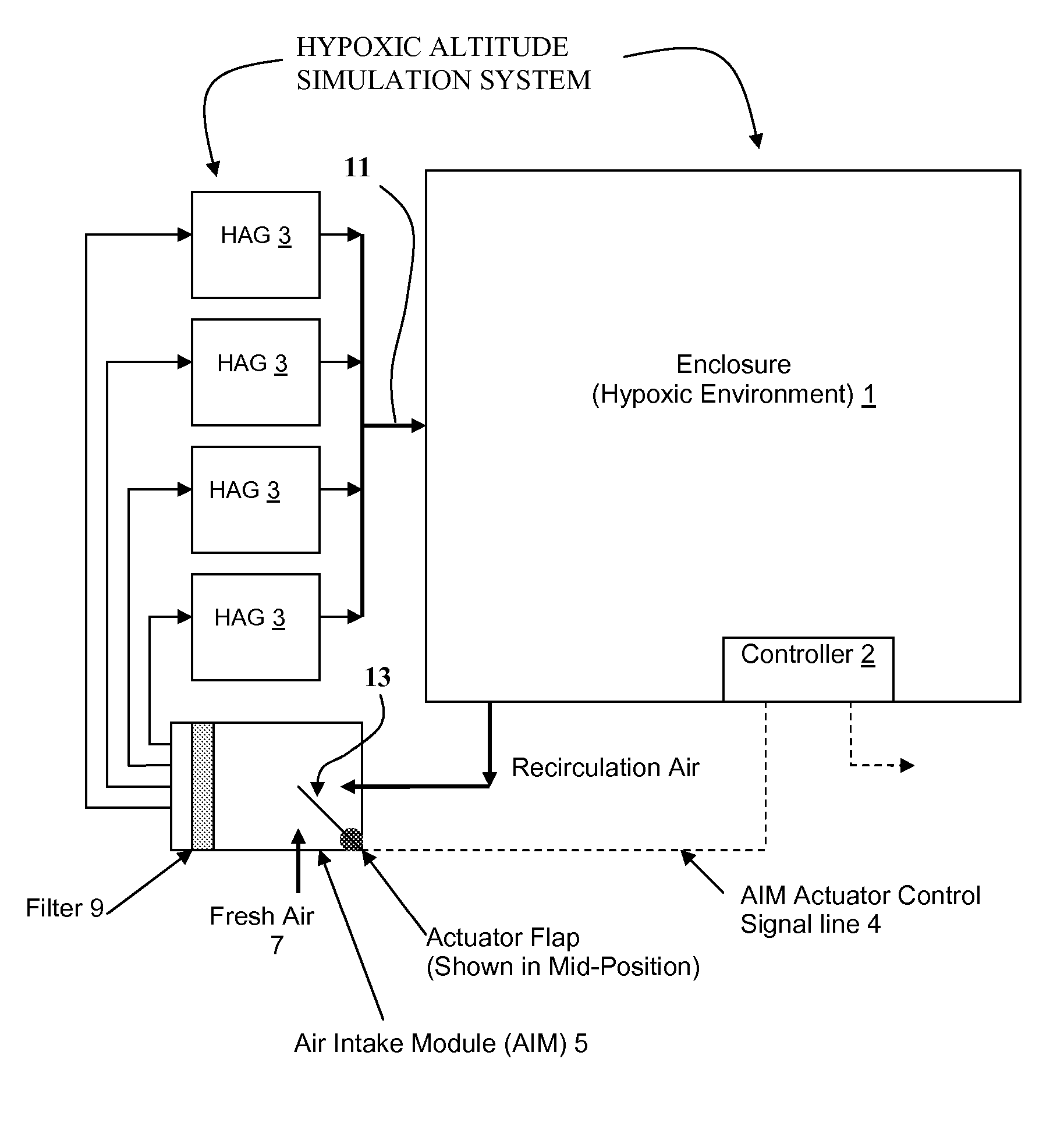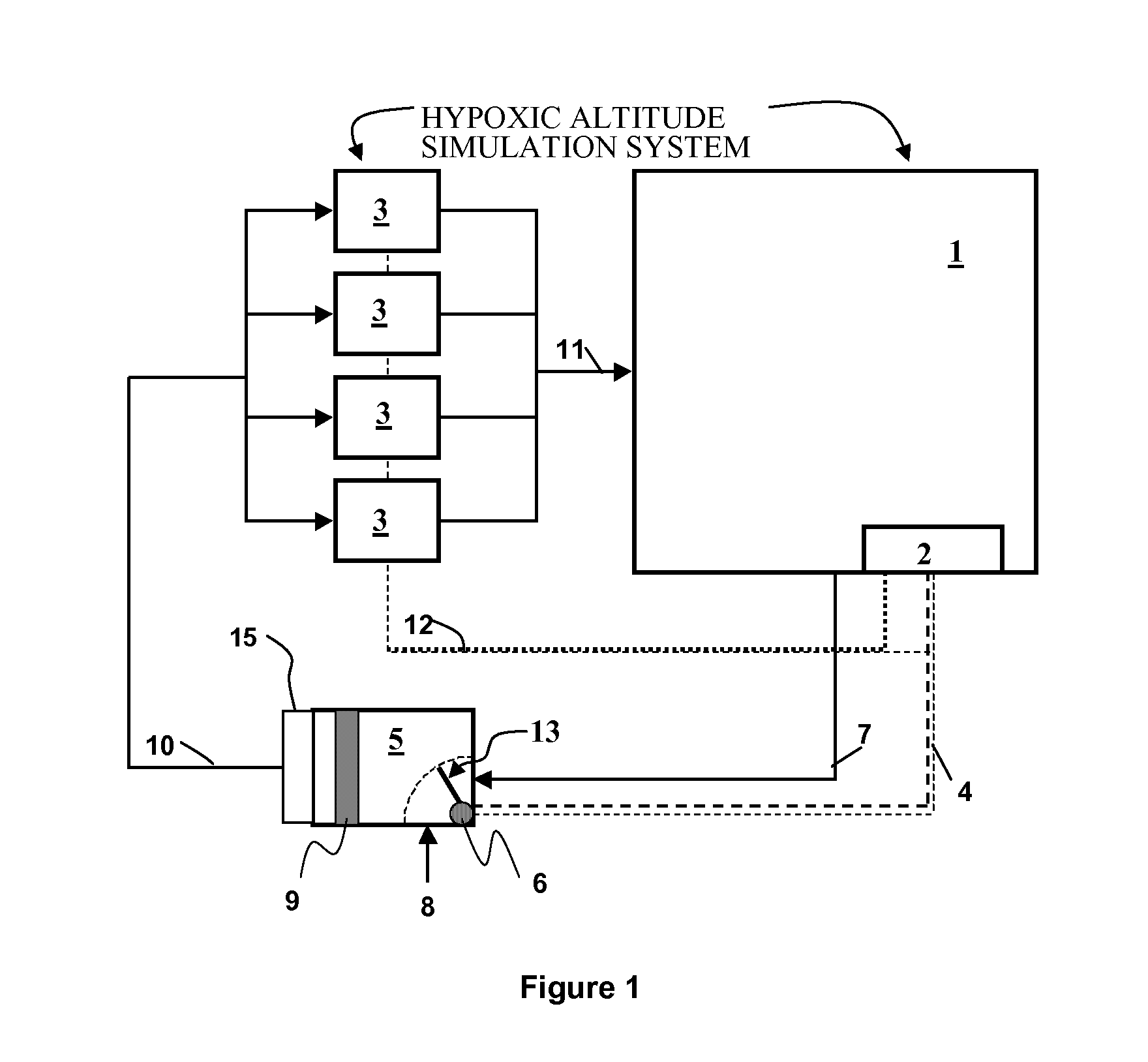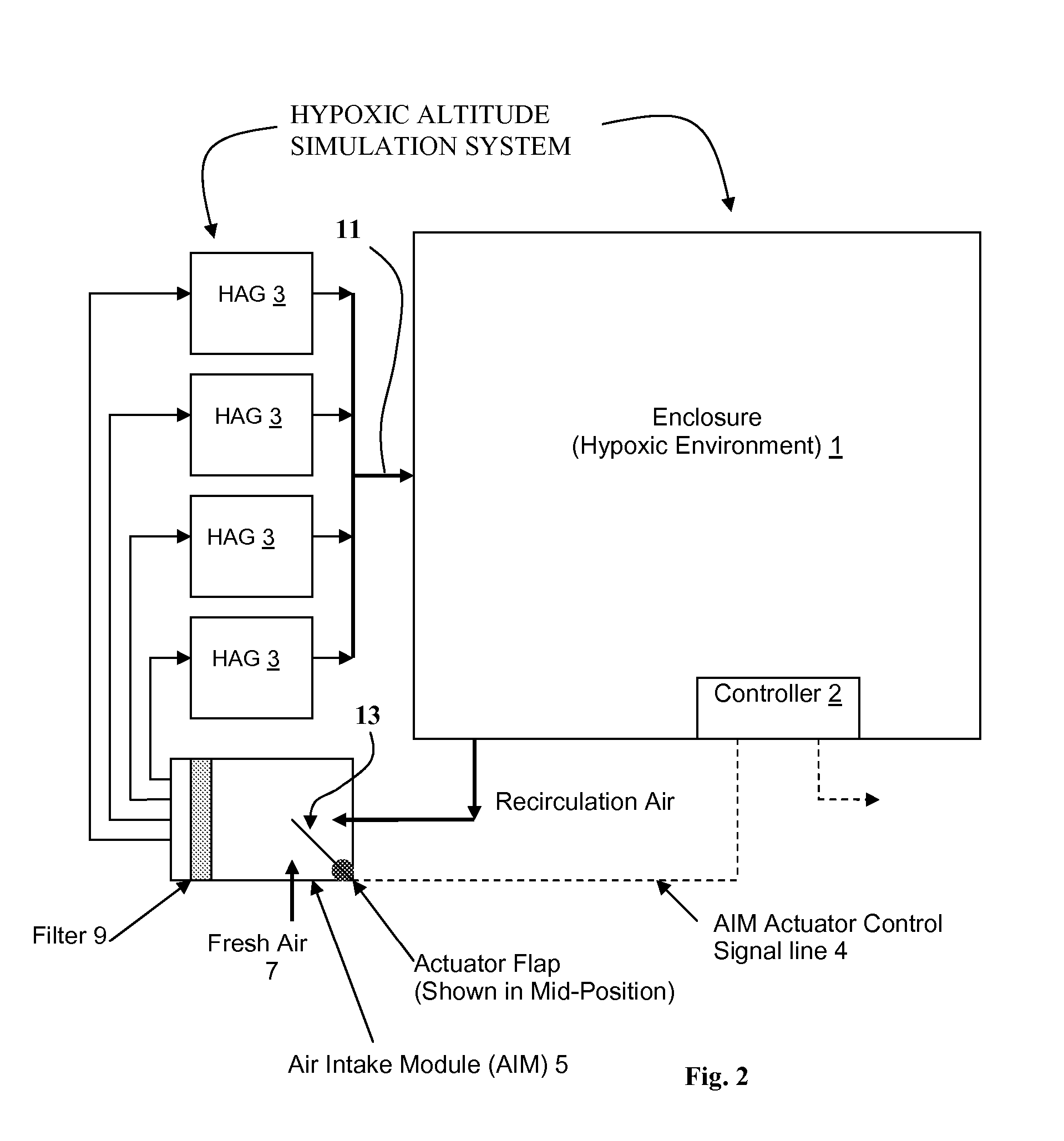However, this approach is not always feasible or affordable for most
athletes to consider.
Many individuals because of family, their profession, or schooling cannot take
advantage of a permanent move to such training environments.
This approach also leads to tremendous expense and logistical problems.
There has always been a concern that better
athletes might respond less because they might have less headroom for improvement, but that's clearly not the case here.
However, permanently moving to moderate altitude or taking periodic trips to altitude has logistical problems.
The ability for someone to move and live in a place such as Park City, Utah, and periodically
train at a lower altitude such as
Salt Lake City, has drawbacks similar to the original practice of moving to altitude—a financial and logistical
impact.
There is also the logistical problem of having to travel back and forth from high altitude to lower altitude on a daily basis for adequate training.
The main problem is a shortage of suitable high altitude training venues, so for most
athletes this option means the expense and stress of international travel and of living away from home for up to a month.
Loss of heat
acclimatization may also be a problem if the high and low training venues are too cool.
However, it may not be very cost-effective, costs can be in the hundreds of thousands of dollars to build such houses.
However some manufacturer's tents suffer from high CO2 levels and uncomfortable
humidity.
This is more expensive than a tent, but affords the opportunity of having a
bedroom in one's house set-up as a
high altitude environment to not only sleep in, but as an area to spend additional hours during the day reading, working or watching television.
Like the
nitrogen tent, it can be used at home, but it's too cramped to accommodate a partner.
It's also twice the price of an altitude tent, less easy to use, and less transportable.
It is also more noisy and uncomfortably warm.
Traveling to altitude for training camps, particularly for athletes who are coming from
sea level, creates greater than normal stress on the body due to the decreased availability of oxygen in the air.
The practicality of moving to a high altitude sleeping location and traveling several times per week to a lower altitude to
train is also impractical.
The cost, time and logistics are beyond the means of most athletes.
There is some concern among coaches, athletes and the scientific
community that the use of high altitude tents and rooms may be unsafe and unethical for use in sports given the concern these days of increased
drug use by athletes in many sports.
International governing bodies of sports will declare a sporting practice banned if it causes injury, or it gives the athlete a technological
advantage that is too expensive or too new for most other competitors to use.
Nitrogen houses, hypoxic rooms and tents would be dangerous if the
simulated altitude was high enough and long enough to raise the
viscosity (thickness) of blood to an unsafe level.
For example, an individual using a hypoxic tent might set the altitude too high, but so far there have been no reports for banning these devices on the grounds of health, safety or medical incidences.
If they aren't unsafe, are they unethical?
No, because you can't ban normal altitude training, so it's unfair to ban a safe practice that makes it easier or cheaper for athletes to achieve the same effect.
Many of the coaches and athletes I work with would consider me unethical if I did not do everything in my power (legally of course) to ensure that they were not at a
disadvantage at major competitions because they did not use altitude effectively.
Further, he points out that injecting EPO bypasses the stimulus—physiological response association and this is the problem because the stimulus—physiological response association and the genetic and environmental factors that influence this relationship is essentially what training for sport is all about.
Altitude training may supplant the use of illegal and dangerous drugs.
Governing bodies seldom like to pass unenforceable regulations.
Enforcing a ban on altitude or altitude simulation would be nearly impossible.
Unless governing bodies institute
midnight raids on residences, it would be difficult to enforce a rule that essentially regulates where a person sleeps, or trains.
 Login to View More
Login to View More  Login to View More
Login to View More 


